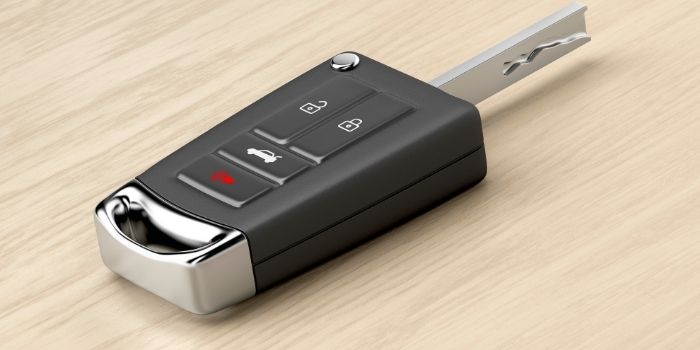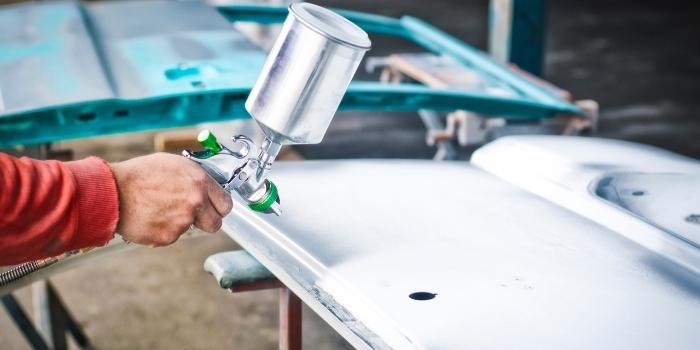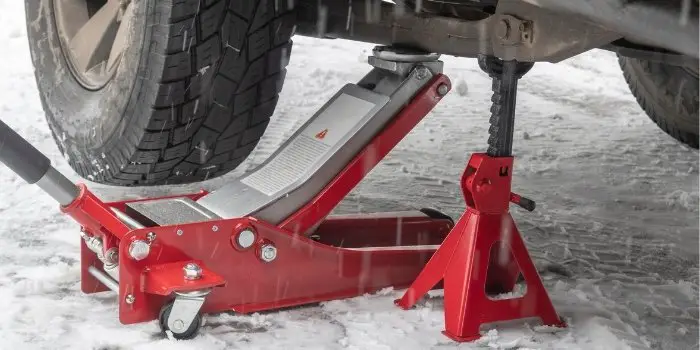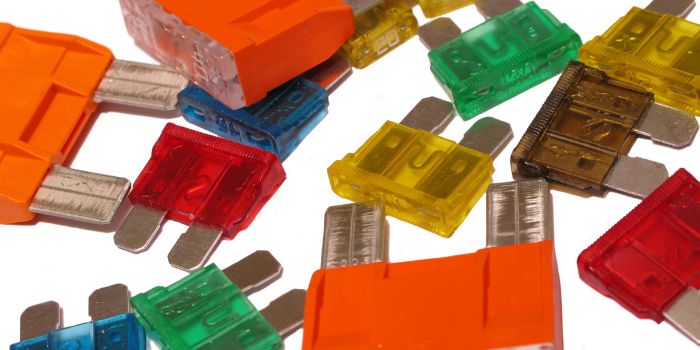
When most people think of car fuses, the first thing that comes to mind is the little glass tubes found in most vehicles.
While those are still used today, there are a variety of different types and sizes of fuses available for cars.
In this blog post, we’ll explore the different types and sizes of fuses as well as their uses. So, whether you’re a DIYer or just curious about car fuses, read on!
Table of Contents
Types of Car Fuses
Car fuses are used to protect your vehicle’s electrical system from overloading. They do this by breaking the circuit if too much current flows through it.
This prevents damage to the wiring and other components in your car’s electrical system.
Fuses are commonly used for a variety of purposes, including to protect headlights and taillights, stereo equipment, power windows, interior lights, and other components.
They can also be used to prevent battery drain, as well as protect sensitive electronics such as ECUs.
In general, there are two main types of car fuses: blade fuses and cartridge fuses.
But in older cars, there are also a few other types that can be found. These include Lucas Fuses, Glass Tube Type Fuses, and Current limiting fuses.
1. Blade Fuses
Blade fuses are the most common type of fuse used in cars. They’re easy to use and come in a wide range of sizes.
Blade fuses have a plastic body with a metal prong on either end, which fits into sockets in your car’s wiring harness.
Some advantages of blade fuses include their affordability, ease of use, and wide range of available sizes.
They’re also less susceptible to vibration or movement than other types of fuses.
However, if you need a fuse with a high amperage rating, a blade fuse may not be the best option.
2. Cartridge Fuses
Cartridge fuses are less common than blade fuses, but they offer some advantages over their Blade counterparts.
Cartridge fuses have a cylindrical body with threaded ends, which screw into sockets in your car’s wiring harness.
Some advantages of cartridge fuses include their high amperage ratings, strong vibration resistance, and small size.
However, they can be more difficult to replace than blade fuses. They may also cost more than blade fuses.
Different Sizes
Both types of fuses mentioned above are available in a variety of sizes, which is determined by the amperage rating.
The amperage rating is the amount of current (measured in amps) that a fuse can safely carry.
Blade fuses are typically available in ratings from 5 amps to 30 amps, while cartridge fuses are available in ratings from 20 amps to 60 amps.
How to Identify What Type of Fuses are in My Car?
There are a few different ways to identify what type of fuses are in your car.
One way is to look at the fuse box itself, which should have labels that indicate the amperage and size of each fuse.
Another way is to consult your car’s owner’s manual, which should contain information on the types and sizes of fuses that are used in your vehicle.
Additionally, some car manufacturers will provide online resources or technical support lines to help you identify the appropriate fuses for your specific model and make.
Finally, you can consult with a mechanic or automotive repair professional who can help you identify the correct fuses for your car based on its age, model, and other factors.
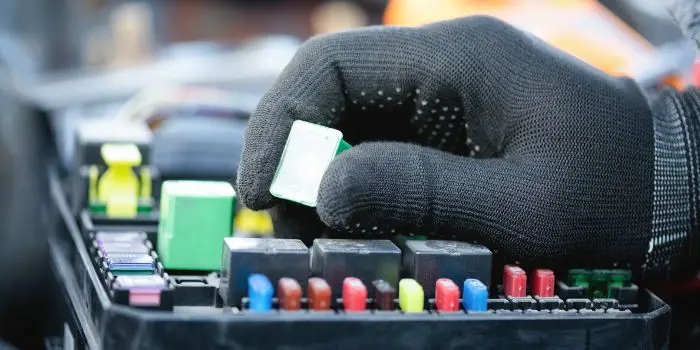
Mini Fuse VS. Micro Fuse
When it comes to car fuses, two of the most common types are mini fuses and micro fuses.
Both types are used to protect your vehicle’s electrical system from overloading, but they differ in terms of size and amperage rating. So, which type of fuse is right for your needs?
Micro fuses are typically smaller than mini fuses and are available in lower amperage ratings.
For example, a typical micro fuse may have an amperage rating of 10 amps or less, while a mini fuse may have an amperage rating of 15 amps or more.
Because they’re smaller and have lower amp ratings, micro fuses are often used in circuit applications that draw less power, such as interior lights or small electronics.
Mini fuses are typically larger than micro fuses and have higher amp ratings.
For example, a typical mini fuse may have an amperage rating of 20 amps or more, while a micro fuse may have an amperage rating of 10 amps or less.
Mini fuses are often used in circuit applications that draw more power, such as headlights or power windows.
When it comes to choosing between a mini fuse and a micro fuse, it’s important to select the fuse that has the appropriate amperage rating for the application.
Using a fuse with too low of an amperage rating can lead to overheating and damage to your vehicle’s electrical system, while using a fuse with too high of an amperage rating may result in inadequate protection against overloading.
So, when shopping for car fuses, be sure to carefully consider the size, amp rating, and other specifications of each type of fuse before making your selection.
What Do the Numbers on Fuses Mean?
The numbers on fuses refer to their amperage rating, or the maximum amount of current that they can safely carry.
Typically, higher numbers indicate fuses with a higher amp rating, which means that they are capable of handling more power and can be used in applications that draw more current.
Lower numbered fuses typically have lower amp ratings and are better suited for applications that draw less current.
For example, a 20 amp fuse would be used in an application that draws less current than a 30 amp fuse.
It’s important to choose the right fuse for your needs, as using a fuse with too high or too low of an amperage rating can lead to problems.
What is the Difference Between a Slow Blow Fuse and a Fast Blow Fuse?
Slow blow fuses and fast-blow fuses are designed to react differently when they experience an overload.
Slow blow fuses, also called time-delay fuses, are designed to allow a small amount of current to flow through them for a short period of time before they begin to open up and break the circuit.
This allows them to handle brief surges in current without overheating, which makes them a good choice for protecting sensitive electronics or other circuit components that can be damaged by excessive current.
By contrast, fast-blow fuses are designed to immediately respond to an overcurrent situation by breaking the circuit quickly and completely.
This makes them a good choice for protecting against large surges of current, but it also means that they may be more likely to blow in applications where there are periodic spikes in current.

Based in Orem (Utah) John Paterson graduated from Utah Valley University and has begun writing in 2009. He has a large wealth of experience in writing articles related to cars, automotive repair, wheels, cleaning/maintenance, and much more. He has also written instructional articles in a similar niche for a few online publications as well. Currently, he works as a mechanic in his personal garage shop where he loves serving his countrymen from his heart.

